In the heart of the Los Angeles area, a fierce battle is unfolding—a battle against the relentless flames that have consumed lives, homes, and dreams. The skies above are no longer just a canvas for the sun's rays but a battleground where aircraft wage war against the inferno. These are not ordinary planes; they are the guardians of our city, armed with a weapon of a peculiar hue—hot-pink fire suppressant.
The fires, a relentless force of nature, have claimed at least 24 lives, displaced thousands, and razed over 12,000 structures since their inception last Tuesday. Four fires, fueled by the strong Santa Ana winds, have scorched approximately 62 square miles (160 square kilometers), according to Cal Fire. The situation is dire, and the city is under siege.
Fire agencies, including Cal Fire, the U.S. Forest Service, the Los Angeles and Ventura county fire departments, the city, and the National Guard, have joined forces to combat this catastrophe. They are not just dropping water; they are deploying a powerful ally—fire retardant. But what exactly is this hot-pink substance, and is it safe?
The fires are racing through canyons and rugged terrains, areas that are nearly inaccessible to firefighters on the ground. Cal Fire acknowledges the effectiveness of fire suppressants but also their limitations. Strong winds can turn the skies into a treacherous battlefield, making low-altitude drops perilous and causing the retardant to disperse before it can reach its target.
Aerial fire suppressants are typically a blend of water, ammonium phosphate—essentially fertilizer—and iron oxide, which gives the retardant its distinctive hot-pink color. Daniel McCurry, a civil and environmental engineering professor at the University of Southern California, explains that these components work together to combat the flames. The Forest Service, which has deployed 13 aircraft to douse the Los Angeles fires with suppressants, asserts that they help to starve the fire of oxygen and slow its rate of burn by cooling and coating vegetation and other surfaces. Perimeter, the company that supplies fire retardant to the Forest Service and other agencies, claims that the phosphate in the suppressant alters the decomposition of cellulose in plants, rendering them non-flammable.
However, the use of fire suppressants is not without its concerns. While generally considered safe for people, there is growing apprehension about their potential impact on wildlife. The Forest Service has strict regulations in place, prohibiting the use of aerial suppressants over waterways and endangered species habitats, except in cases where human life or public safety is at imminent risk. This is due to the potential health hazards these chemicals may pose to aquatic life and other wildlife.
McCurry and his team of researchers at USC have conducted tests on several fire suppressants and discovered the presence of heavy metals, including chromium and cadmium, in one commonly used by the U.S. Forest Service. This finding raises the possibility that fire suppressants could contribute to increased levels of heavy metals in waterways downstream of wildfires. "We don't quite have a smoking gun yet because it's difficult, although not impossible, to prove where a heavy metal came from," McCurry admits. "We're working on that."
Perimeter, the manufacturer of the Forest Service's fire retardant, has responded to McCurry's research, stating that the formulation tested was not used in California and is no longer utilized by the Forest Service. The company also asserts that it does not add metals to its products, which it claims are naturally present in all ammonium phosphate fertilizers. Furthermore, Perimeter emphasizes that its aerial suppressants undergo rigorous testing by the USDA Forest Service and meet or exceed all health and safety standards.
The use of fire retardants is not just a matter of firefighting; it is a matter of life and death. Wildfires expose millions of people to significant health risks, including a toxic cocktail of microscopic particles that can penetrate deep into the lungs and bloodstream, causing breathing and heart problems. Studies have shown that wildfire smoke has accounted for up to half of all health-damaging particle air pollution in the western U.S. in recent years, as warming temperatures have led to more destructive blazes. Research released last year by the Alzheimer's Association has even found that wildfire smoke may pose a greater risk to brain health than other types of air pollution, increasing the likelihood of dementia.
Edward Goldberg, vice chairman of solutions at Perimeter, firmly believes that "the use of wildland fire retardant is the best way to save lives, protect communities, and keep fires small." McCurry, the USC researcher, acknowledges the need for further study on fire suppressants, including in Los Angeles once the fires have subsided. Yet, he also recognizes their value: "If there was a brush fire coming for my house, I'd still rather paint a lot of (fire retardant) in front of it."
As the battle against the wildfires continues, the hot-pink fire suppressants raining down from the skies are a symbol of hope and a testament to human ingenuity. They are a reminder that in the face of adversity, we must act swiftly and decisively to protect what we hold dear. The skies may be filled with smoke and the color of battle, but beneath them, the spirit of resilience and the determination to safeguard our communities burns brighter than any flame.
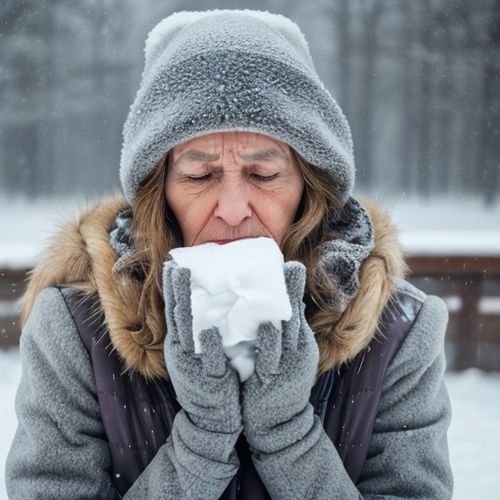
By Christopher Harris/Jan 16, 2025

By Noah Bell/Jan 16, 2025

By Amanda Phillips/Jan 16, 2025
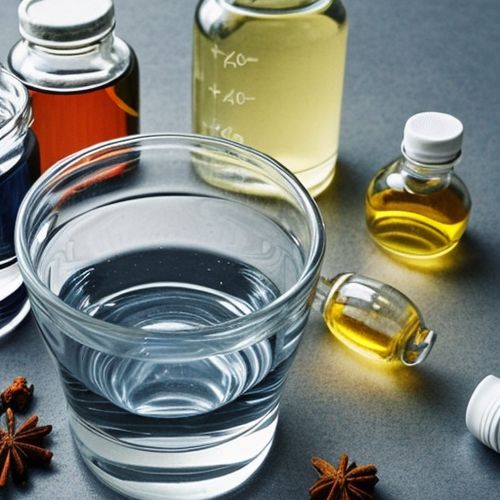
By Victoria Gonzalez/Jan 16, 2025

By Victoria Gonzalez/Jan 15, 2025
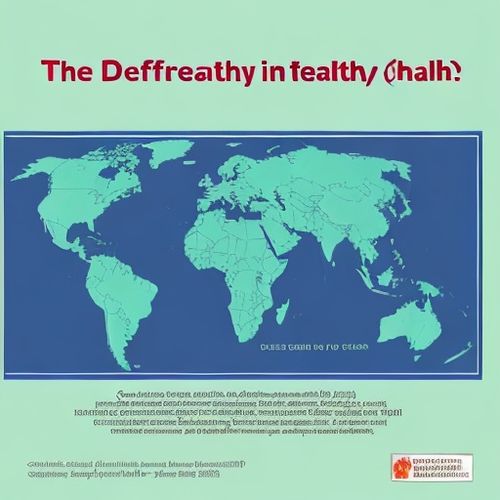
By Samuel Cooper/Jan 15, 2025
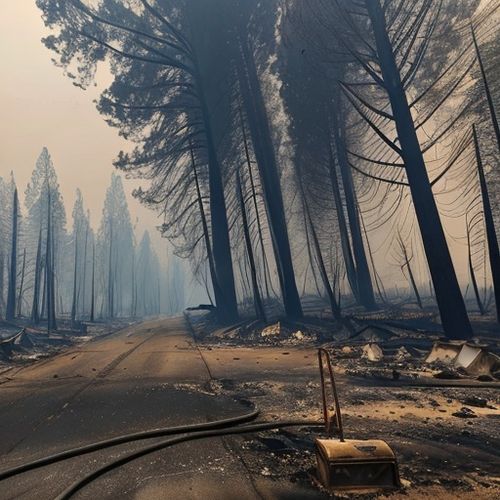
By Rebecca Stewart/Jan 15, 2025
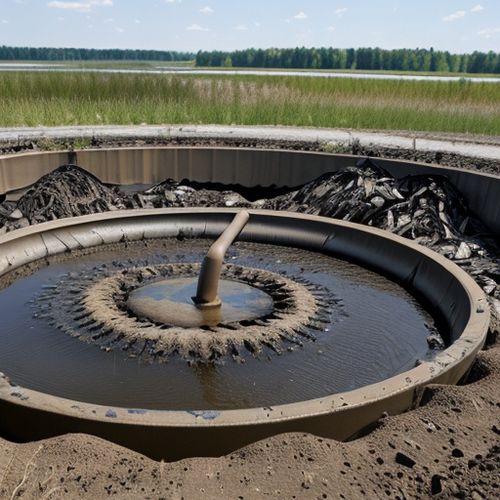
By Benjamin Evans/Jan 15, 2025
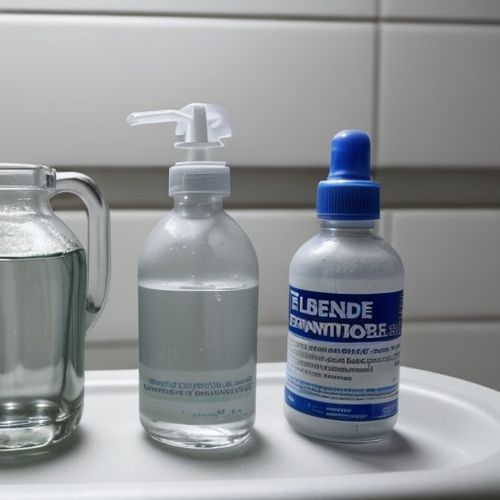
By Michael Brown/Jan 15, 2025

By Eric Ward/Jan 15, 2025

By Amanda Phillips/Jan 15, 2025

By William Miller/Jan 15, 2025
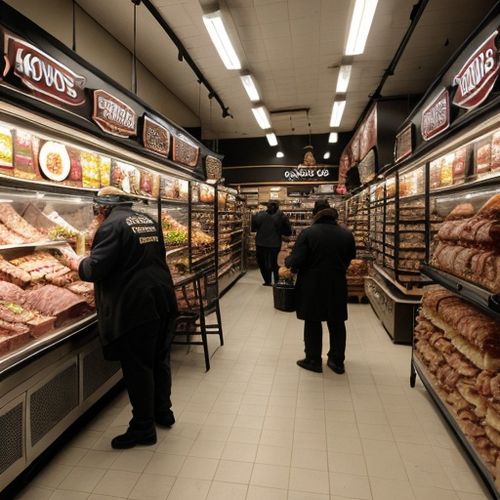
By Samuel Cooper/Jan 15, 2025
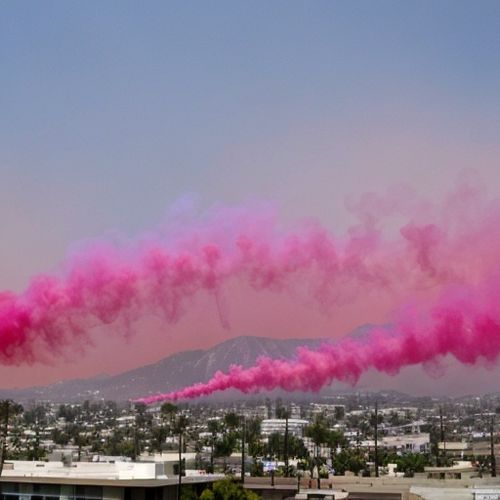
By James Moore/Jan 15, 2025

By Sarah Davis/Jan 13, 2025
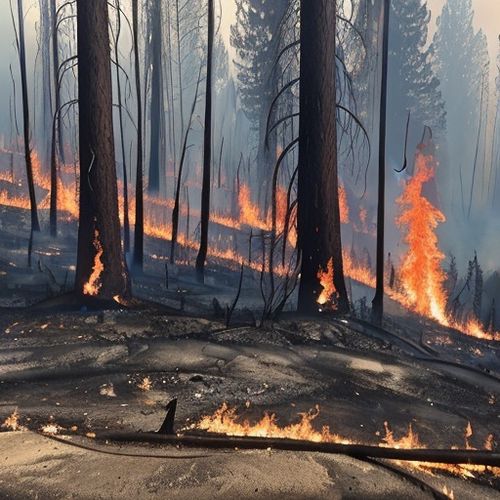
By Lily Simpson/Jan 13, 2025

By Sophia Lewis/Jan 13, 2025

By David Anderson/Jan 13, 2025

By Michael Brown/Jan 13, 2025

By Lily Simpson/Jan 13, 2025